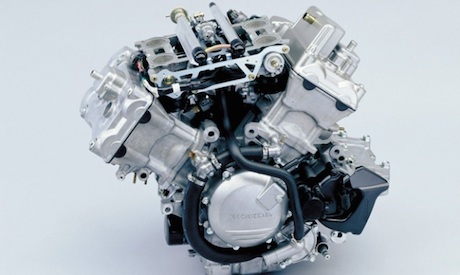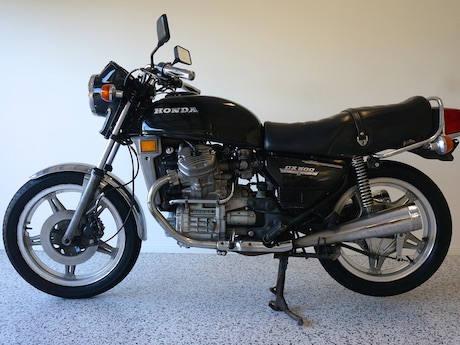Have you ever seen, heard and smelt a rider revving their motorcycle engine or idling their bike for minutes before getting on and riding away?
It’s obnoxious at a cafe when you’re trying to sip your latte amid their fumes, but it’s also fairly pointless and a waste of fuel.
It may also be doing their engine harm if they don’t warm it up correctly.
Old motorcycles with carburettors and gluggy oils required a long period of warming up but surely today’s fuel-injected engines with modern synthetic oils can go straight after you push the button, right?
Yes, but it also depends on how old the engine is.
If it’s a new bike, it will require a few seconds – not minutes – to warm up. This is not only so the oils warm, but so the gaskets and valve seat properly in the new engine.
After the first 1000km, you won’t need to warm it up for near as long, if at all.
RACQ technical guru and Suzuki Bandit rider Steve Spalding advises riders not to idle their engines any longer than is necessary.
“At traffic lights, it’s unavoidable but there is no need to run at idle before starting off,” he says.
“The best advice is to start the bike and ride away as soon as it will do so without any spluttering – in Queensland’s climate this should be almost instantly almost all year round.”
Modern engine management systems will ensure the fuel mixture is correct unlike the days of setting the choke on the carburettors to allow smooth starting from cold. And modern synthetic oils get the oil flowing quickly to lubricate the engine, even in cold conditions.
In fact, oil pressure rises when the bike is under load, so it is actually lubricating the engine better to be moving than sitting still.
If you idle modern bikes too long, or rev them hard before riding away, you can do long-term wear and damage to bearings and seals.
As for old bikes like my 1980 Honda CX500, let them idle with gentle revs not exceeding a third of the revs to redline. Allow the choke to slowly go back in with a gentle prod, however you can head off before the choke is fully off.
Just make sure the engine is running smoothly at idle and not conking out. Don’t just rely on the engine temperature gauge or feeling the fins of the engine.
Once underway, don’t leave the choke out for too long as this can carbon up internal components such as valves, piston crown and rings and it makes the bike blow black smoke.
The time it will take to get an old engine running smoothly will depend on its condition, displacement and configuration as well as the ambient temperature.



